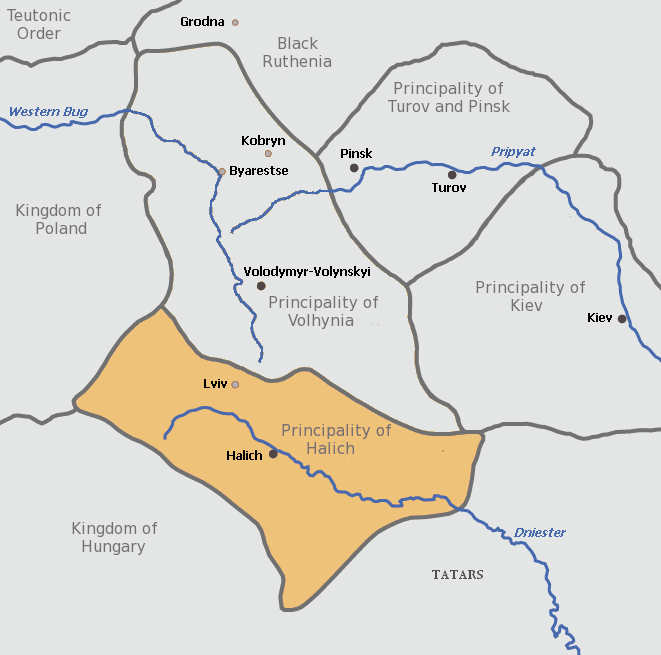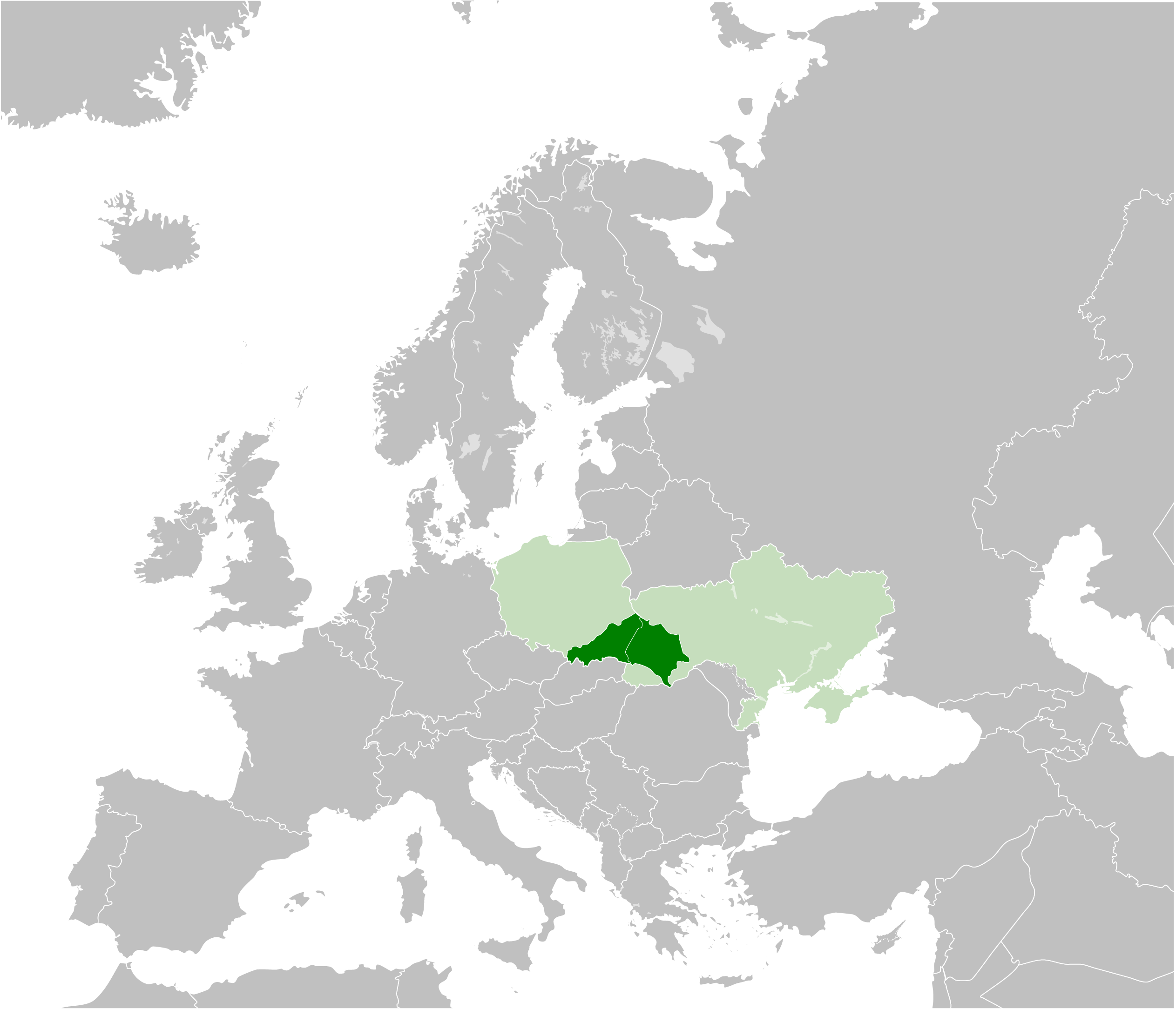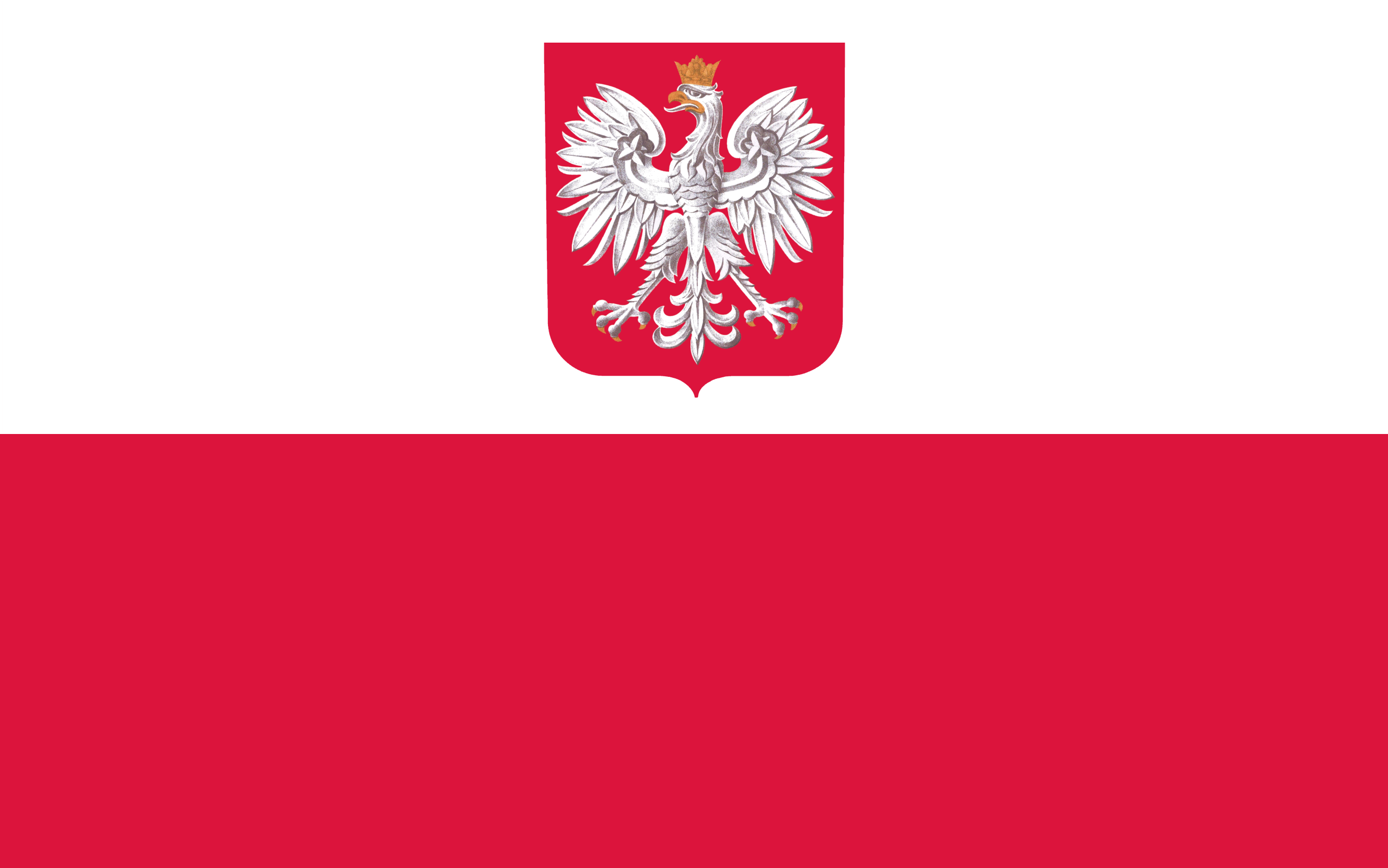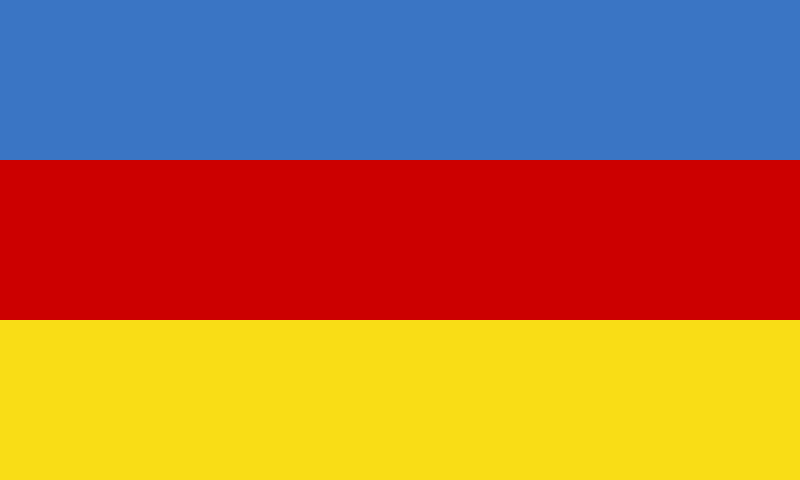A Brief History of Galicia: Geographic Location


Galicia was a region of Europe encompassing Southeast Poland and Western Ukraine. Divided more or less in half by the San River, it spanned an area between two major cities: Cracow in the west and L’viv in the east. The San River also roughly coincided with the ethnolinguistic boundary between Poles and Ukrainians, so that it was not uncommon during the Habsburg period to refer to a Polish-inhabited western Galicia and a Ruthenian (Ukrainian)-inhabited eastern Galicia.
Human remains have been recorded from as far back as 300,000 years, though these were most likely hunter-gatherers and did not construct any permanent settlements. White Croats lived in the area by the 10th century CE. However, there are some disputed origins--foreshadowing its melting-pot characterization, people of Irano-Alanic, East Slavic, and West Slavic descent all claim to have settled in this region at one point or another. In terms of demographic composition, Galicia was typical of much of central and eastern Europe. Its small towns and cities were usually inhabited by peoples of several different nationalities and religions, most of whom differed from those living in the immediate countryside. The ethnic diversity of Galicia’s cities was promoted from the medieval period onward by what might be called demographic engineering on the part of ruling regimes. As early as the thirteenth century, Germans were encouraged by the Galician Rus’ princes to settle in their realm. Poland’s rulers continued this practice, so that by the fifteenth century Poles, Armenians from the Crimea, and in particular Jews from other parts of Poland and central Europe were all offered incentives to settle in Galicia. Also in the 10th century CE, western parts of Galicia fell under the political and cultural sphere of the Greater Moravian Empire. Current political boundaries aside, it would seem that we are simply Eastern European mutts.
- Like many parts of Europe, Galicia is a borderland that links different geographical regions and has served as a meeting place for various peoples and religions. The name Galicia is considered by some scholars to be derived from the Indo-European root for the word salt (*hal). From this root word came the name of the town and later capital city, Halych, as well as the name for the entire region. Galicia is the Latin form of the Rus’-Ukrainian name Halychyna.
References
Hann, & Magocsi, P. R. (2005). Galicia : a multicultured land (Hann & P. R. Magocsi, Eds.). University of Toronto Press.
Magocsi. (2002). The roots of Ukrainian nationalism : Galicia as Ukraine’s Piedmont. University of Toronto Press.


